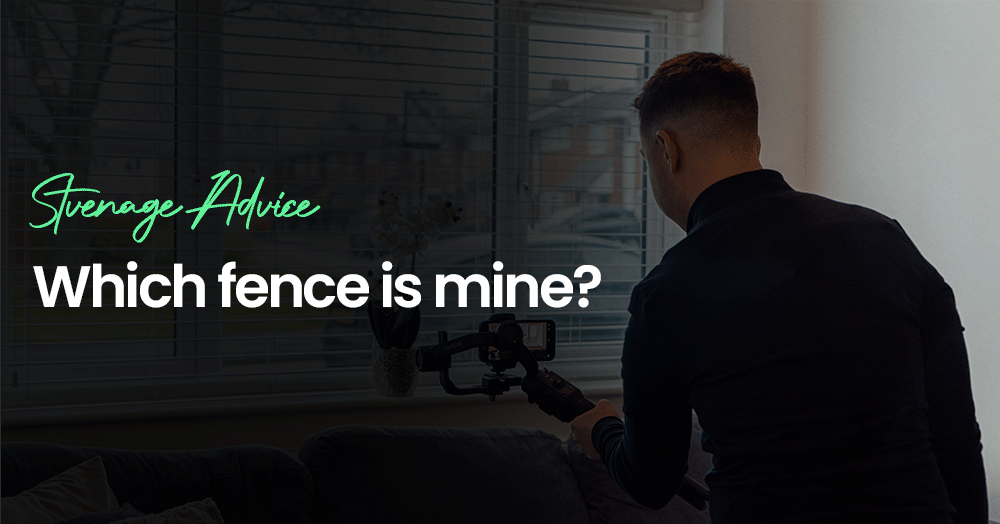
What fence is mine?
Left, right, both?
Many homeowners are blissfully unaware of garden fence laws until it’s too late. Boundary disputes can be both costly and frustrating, and garden fences are often at the heart of conflicts between neighbours.
The best place to look when trying to answer the age-old question, ‘Which fence is mine?’, is with your deeds. Your property deeds will include a scale plan which highlights the boundary lines by way of a symbol resembling a ‘T’ (sometimes referred to as a ‘T-mark’). This T symbol represents ownership of the fence or wall that is in place.
On occasion, adjacent properties will have joint ownership of a fence. This will be represented by two of the T symbols joining together to form a kind of elongated H. These are commonly referred to as party fences.
In cases where boundary ownership is not clear, something called ‘presumptions’ comes into play. In terms of fences, the presumption is that fence posts will be placed on the owner’s land. This means the owner will usually have the back of the fence facing them.
When it comes to determining which fence you own, one thing is certain: you can’t rely on the common misconception that the fence to the left of your property is the one you own.
Always check your deeds!